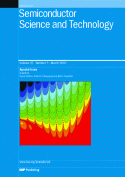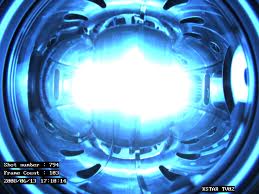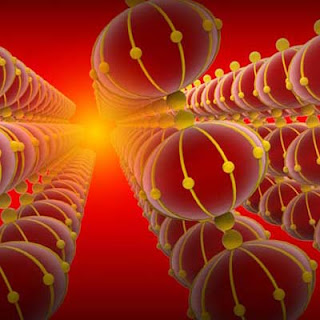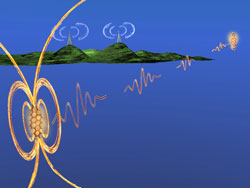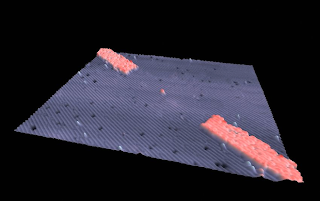I recently gave a lecture, screened on the BBC, about quantum theory, in which I pointed out that “everything is connected to everything else”. This is literally true if quantum theory as currently understood is not augmented by new physics. This means that the subatomic constituents of your body are constantly shifting, albeit absolutely imperceptibly, in response to events happening an arbitrarily large distance away; for the sake of argument, let’s say on the other side of the Universe.
This statement received some criticism in scientific circles. Not because it’s wrong, because it isn’t; without this behavior, we wouldn’t be able to explain the bonds that hold molecules together. The problem is that it sounds like woo woo, and quantum theory attracts woo-woo merde-merchants like the pronouncements of New Age mystics attract flies – metaphorically speaking.
This is an article that appears in the Wall Street Journal (link below) by
Professor Brian Cox on how Quantum Mechanics can be so misunderstood. Of course, at the end of the article is the obligatory Amazon link to the book on the subject he co-authored.
I've run into a few physicists - in-person and online, that take a dim view of popular books on physics.
Largely, because science is a field of inquiry, so value is given to how you pursue said inquiry, and how many people reference your research in their inquiries (in the right technical journals by all the right people). Kind of incestuous, but essentially how it works. Nobel Prizes in the sciences are awarded for a lifetime of plodding along (in the right direction), and peer review.
Oddly, the
conundrum is that popular books on science tend to sell better than free downloads on
physics arXiv; also
science fiction short stories that sometimes birth movies that nerds and graduate students motivated by common cause (and hormones) go pay money to see.
I agree that inspiring the wonder of science is what is needed now. We've become consumers and not anticipant producers. I've been criticized on this point before, that education is not so "utilitarian."
Science, however is primarily
a way of thinking, of organizing one's thoughts around
The Scientific Method towards problem-solving. Plays, opera, poetry, sermons, concerts: these things are also enjoyed by scientists as welcome respite from the lab, a break from the questions raised in the lab/fab to tackle problems refreshed; anew.
However, as a society, we are motivated by the
entertainment-industrial-complex: all must be show biz - education, science, religious life, engineering, politics, governance or, it is not valued. "Walking Encyclopedia" is replaced by "
Walking Google" in the lexicon, answers not instant ≠ value.








